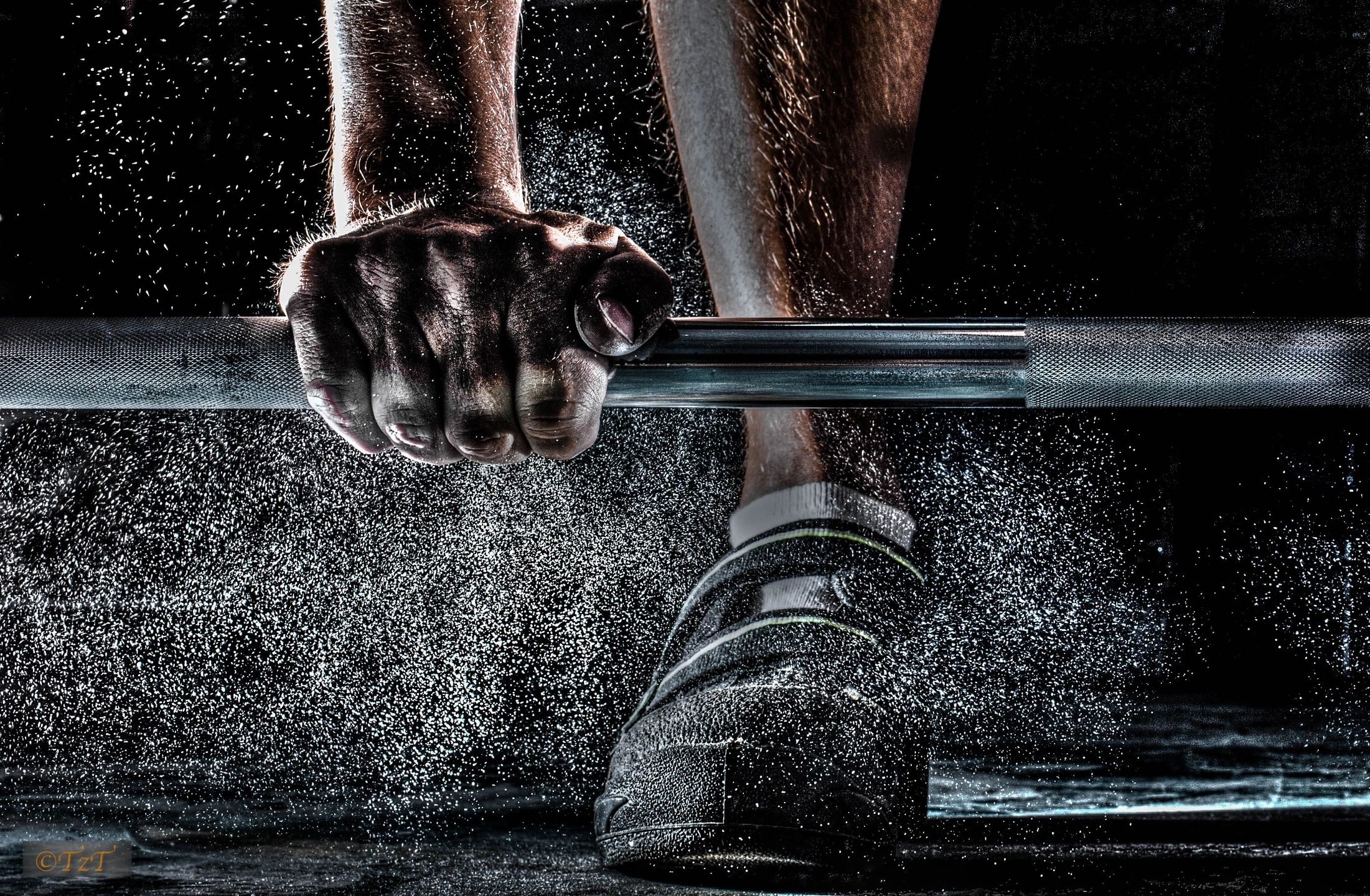
Healing a Pulled Hamstring
We’ve all been there once or twice before. You’re in a hurry to squeeze your workout into your busy daily schedule and forget to stretch.
You hop on the treadmill or start an exercise and BOOM! the excruciating pain of tearing your hamstring rips through the back of your leg and toward your glute like 1,000 hangry fire ants.
Pride before pain, you hobble off your machine and limp your way into the locker room, every step of the way the pain growing worse and worse.
Fortunately, there are ways to prevent tearing your hamstring, but in the event of tearing a hamstring, there are ways to aid in the healing process to get you back to the gym in a jiffy!
We use our hamstrings every day, whether we’re walking, running, climbing the steps in the home, if you’re moving, you’re likely using your hamstring.
The Hamstring
The hamstring is made up of three main posterior thigh muscles; the semi-tendonosis, the semi-membranosus and the biceps femorus. The actual hamstring muscles cross and act upon two primary joints, the hip and the knee. These muscles help us flex, bend, and move.
Injuring or tearing your hamstring can be extremely painful and put you on the disabled list for quite a while.
Tearing your hamstring is similar to taking a steak and ripping it apart with your hands, you can see the steak fibers slowly pull away from each other.
The hamstring muscles tear away from one another making it more difficult for them to function properly, and causing intense pain.
Preventing a Hamstring Injury
To avoid a hamstring injury, first and foremost you must STRETCH, no matter what.
Even if you have to wake up an extra 10 minutes early every day to stretch out your muscles, stretching should be a part of your daily routine.
Secondly, don’t overwork your hamstrings. Limit your amount of leg exercises at the gym and make sure to incorporate effective quad exercises as well, to keep a healthy balance between both the quadriceps and hamstrings. You could also pop over here and incorporate something like this supplement into your routine to help you stay hydrated, and potentially recover even faster from an intense session.
If you don’t have an effective balance between the quadriceps and hamstrings, one muscle group will actually pull the other muscle group causing an imbalance which puts you at a higher risk for tearing your hamstrings or even your quadriceps.
Healing a Hamstring Injury
Healing your injured hamstring can take weeks. That’s why its important to execute healing strategies as soon as you know you’re injured.
No, that doesn’t include doing deadlifts.
Rest and ice are the two best things to help heal a hamstring injury.
Putting ice on the hamstring for 15-20 minutes every 2 hours or so can help the swelling go down, which in return reduces your pain.
Massaging the hamstring can also increase bloodflow and oxygen to your muscles to aid in healing.
Ice baths, ibuprofen and sometimes a trip to the doctor is necessary, too–you may even need surgery.
None of that sounds like a walk in the park, does it? If you pulled your hamstring, a walk in the park doesn’t even sound like ‘a walk in the park’. So do the best thing to avoid hamstring injuries: stretch.
Allot 10-15 minutes every morning to stretch your muscles out.
When stretching your muscles you are allowing more blood flow and oxygen to reach each individual muscle helping prevent injuries.
Don’t forget to take your time during leg exercises and have a good balance between quad and hamstring exercises to prevent one muscle group from pulling too much on the other and ultimately causing an injury.
Finally, stop by the shop and check out our post-workout options to help you recover from working out–some ingredients can help prevent injury by building up your muscle and immune system.
